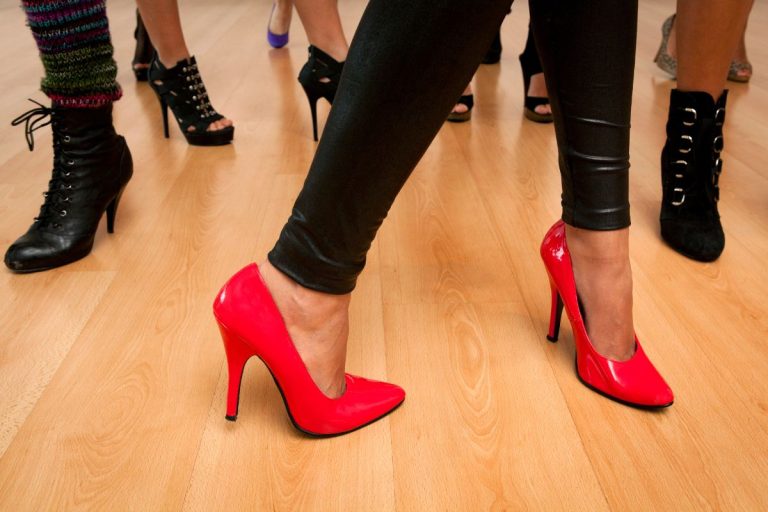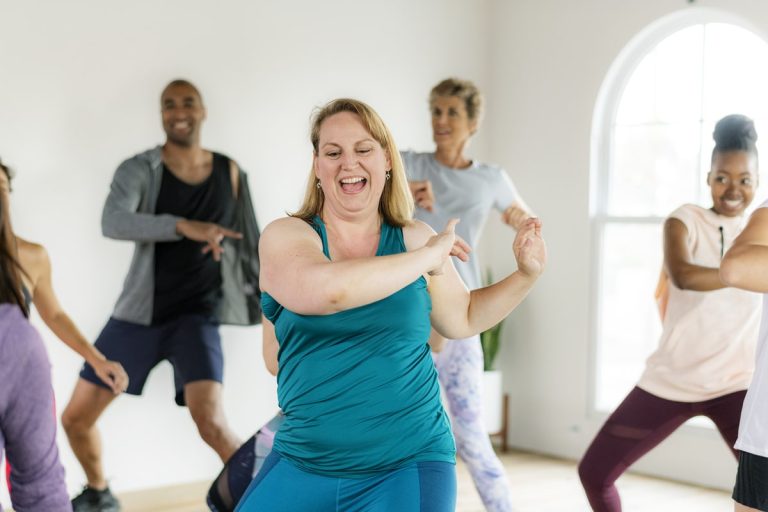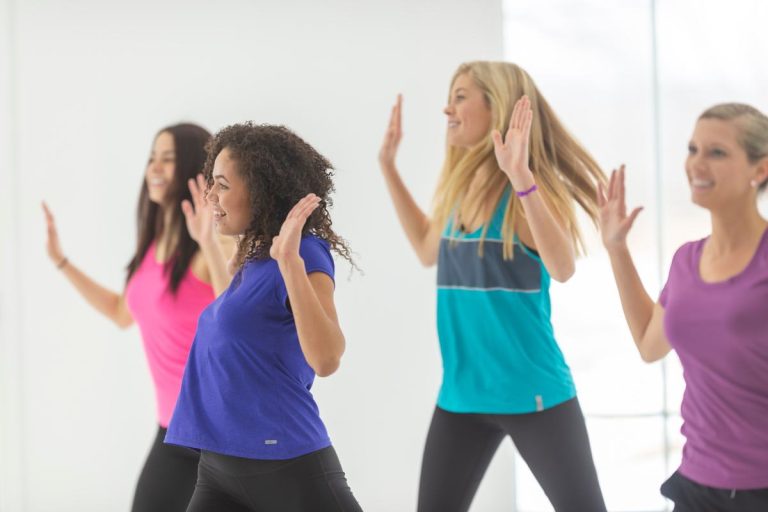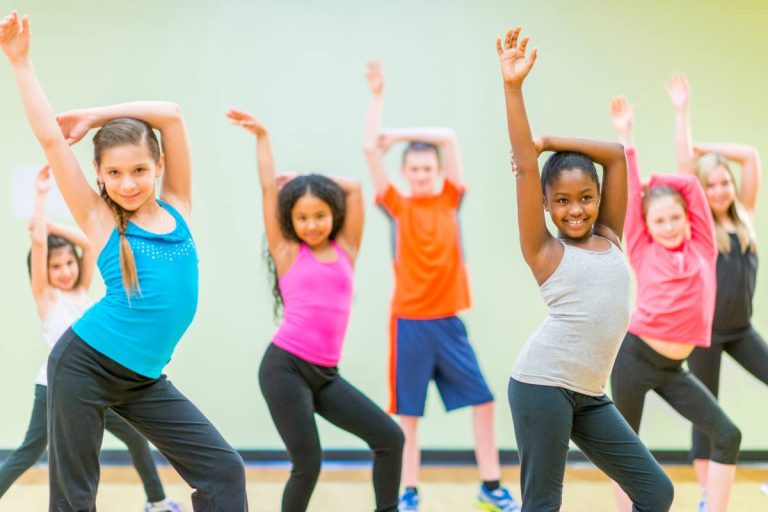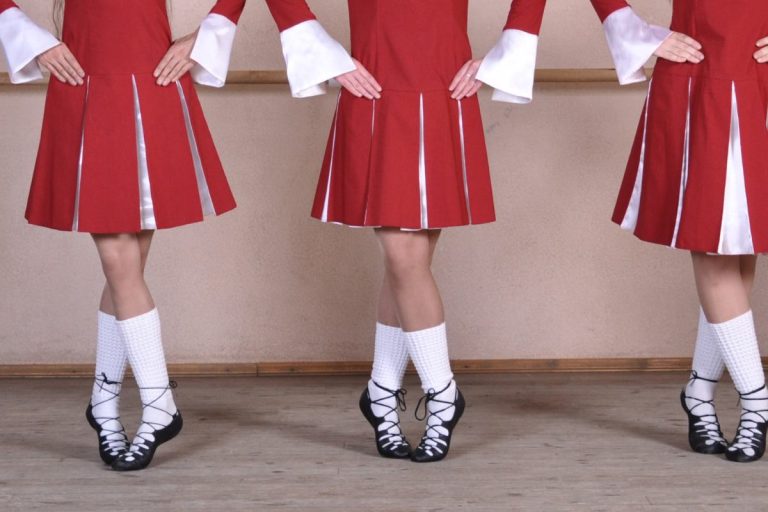Dance is a performing art that consists of carefully chosen human movement patterns. Performers and onlookers within a given culture recognize this movement as dance because it has aesthetic and symbolic value. Dance can be defined and described according to its choreography, movement repertoire, historical era, or country of origin. The contexts of theatrical and ceremonial dance and folk or social dance must be distinguished from one another in a significant way. The primary purpose of theatrical dance, also known as performance or concert dance, is to create a spectacle. Virtuoso dancers typically execute it on a stage. It interprets the music, which is frequently uniquely written, or it may convey a story utilizing mime, costumes, and scenery. Western ballet and modern dance, Indian classical dance, and Chinese and Japanese song and dance dramas are a few examples. Dance performed during rituals, rites, and other social activities is ceremonial. Examples include religious liturgical dances, such as Japanese Bon Odori or Turkish sacred dances. Folk dance is a group social dance typically performed to folk music or with folk music influence. Many cultures have traditional dances. Cajun two-step, Welsh broom dancing, and the Morris dance are examples. In the category of dances known as “social dance,” both partner dances and set dances are included. This category of dance includes salsa, ballroom dancing, and country-western dancing.
Theatrical dance, commonly referred to as performance or concert dance, is a performance art form in which the dancer interprets the music being performed or tells a story via movement. Ballet and modern dance are the two most popular types of theatrical dance, although there are many others, including Chinese and Japanese song and dance dramas and classical Indian dance.
Ceremonial dancing can be used to carry out or support rites of passage and is frequently connected to religious or societal rituals. The sacred dances of Turkey, Japanese Bon odori, and Welsh broom dancing are a few examples of ceremonial dances.
Folk dance is a group social dance frequently performed to music or folk music.
The Value of Freestyle Dancing
Any dancer’s repertoire should include freestyle moves. It enables dancers to communicate more deeply with their audience and express themselves creatively.
Freestyle dancers are better at improvising and coming up with new moves in the moment, which results in a more dynamic and engaging performance. Additionally, freestyle dancing enables dancers to engage their audience more emotionally.
Even though choreographed dances are frequently stunning and lovely, they occasionally seem impersonal. Freestyle dancing enables dancers to interact with spectators and provide a more intimate and personal performance.
Freestyle dancing is a crucial component of being a well-rounded dancer, regardless of your experience level. So go forth and begin improvising!
Advice for Stunning Freestyle Dance Shows
There are no restrictions when it comes to freestyle dancing, which makes it so much fun! However, you can do a few things to ensure that you shine if you want to perform a stunning performance that will truly impress your audience.
Three pointers for stunning freestyle dance performances are as follows:
Choose a signature move.
Find your signature move, something you do better than anyone else, and use it to make your freestyle dance performances stand out. It can be a challenging dance move you’ve mastered or something more straightforward, like a particular hip- or arm-movement technique. Whatever it is, make sure it truly reflects your distinct sense of style and individuality.
Including Props
Props are a fantastic additional method to spice up your performance. It might be anything from hats and umbrellas to streamers and confetti. Use your imagination and whatever you believe will liven up your routine.
Put a Show on
Freestyle dance is about entertaining your audience and putting on a show for them. Therefore, give your performance your all and go all out! Put your heart and soul into your dance, and remember to have fun; your audience will undoubtedly adore it.
While dance is a fun and healthy way to stay active, it’s vital to remember that it is a physical activity. There are risks associated with physical activity, as there always are. But by adhering to a few straightforward recommendations, you can lessen the hazards and still have fun dancing.
The following advice will help you stay safe when dancing:
Put on the Proper Shoes. Make sure your footwear is supportive and comfy. Shoes with high heels or ones that are excessively loose should be avoided.
Consider Your Environment. Be mindful of your dancing surroundings to avoid running into people or objects.
Remain hydrated. Drink plenty of water both before and during your dance session because it’s crucial to stay hydrated while dancing.
Take note of your body. Take stop and rest if you start to feel pain or discomfort. Refrain from exerting too much effort.
Putting these suggestions into practice can lessen your chance of injury while still having fun dancing.


